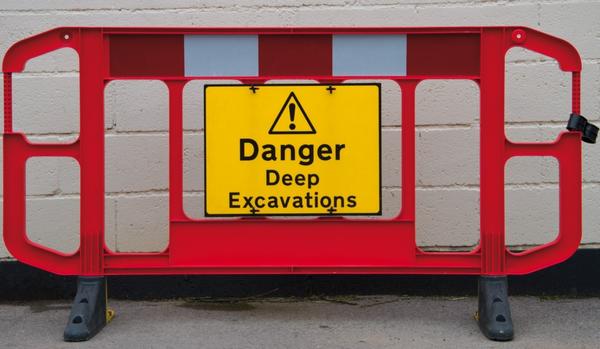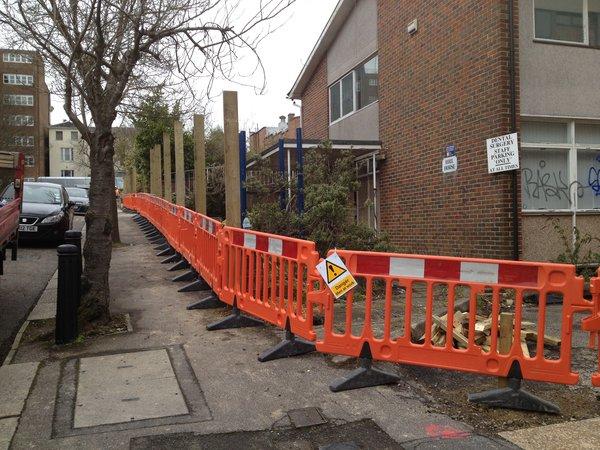Subscribe to our newsletter
Sign up for the latest news & offers from SafeSite
Quick and competitive quotes. Nationwide coverage
Quick quotes. Nationwide coverage
Originally issued in 1991, the New Roads and Street Works Act became the subject of an update with a new Code of Practice in October 2014, with a specific additional focus on safety. Yet translating the theory of the updated code’s requirements (aspects such as risk assessment, the overseeing of procedure by a qualified and competent person and the utilisation of adequately signed barriers fit for the purpose) into the practical guidance needed by those whose construction work impacts on the roads and highways, can be difficult.
However, if you’re going to be working on the roads, our short guide and safety barrier expertise will help you set out in the right direction.

As well as general public safety legislation, the specific codes of practice which apply when working on the roads are:
If your event, project or construction work is likely to affect the public highway in any way, being aware of the organisational and operational requirements of these guides will inform your practice. Following the guidelines carefully is your duty in order to keep workers and the public safe and actual failure to comply with these codes is the same thing as failing to comply with the law. As a result, those doing so could find themselves being prosecuted and even being sued for negligence, in the case of problems arising.
The New Roads and Street Works Code of Practice and the guidance of the Traffic Signs Manual affects anyone involved in organising and setting out temporary street works, or whose off-street works will impact on the roadway. This can include (but isn’t limited to):
The legislation sets out to protect all members of the public who use roadways, including:
The practical aspects of street and road working, which these codes particularly relate to, include guarding of zones (safety barriers), lighting and appropriate signage of works.

Careful compliance with legislative guidance is a good way of demonstrating best practice, but there are additional elements of the guidance to which you can pay additional attention, which can benefit your practice, your reputation and your community, when working on the highways:
Thorough preparation is a must for any construction or road-working project and should include:
When it comes to the on-the-ground operations, there are several aspects that it is important to get right:
Signage
Lighting
Safety Barriers
After the work is completed, compliance is also expected in the clearing of the site and leaving it safe for use. It helps if any temporary constructions such as barriers can be quickly and safety dismantled, whilst signage maintained to ensure public awareness of works during clearance.
Finally, as a professional, you are fully aware that road working safety is a serious issue, with legal compliance fully expected. This guide is for general information purposes only: it cannot cover every type of road working situation. Anyone whose work will involve the roads is expected to check the relevant legislation and apply it to their own situation, with location and local authority requirements in mind and make provision to satisfy all of these aspects, in compliance with the law.
For additional advice on suitable safety barriers, SafeSite Facilities offer free site surveys and advice, with no-obligation quotes for hire or purchase of our barriers, delivered anywhere in the UK.
We respond in under 30 mins on average (excl. weekends)